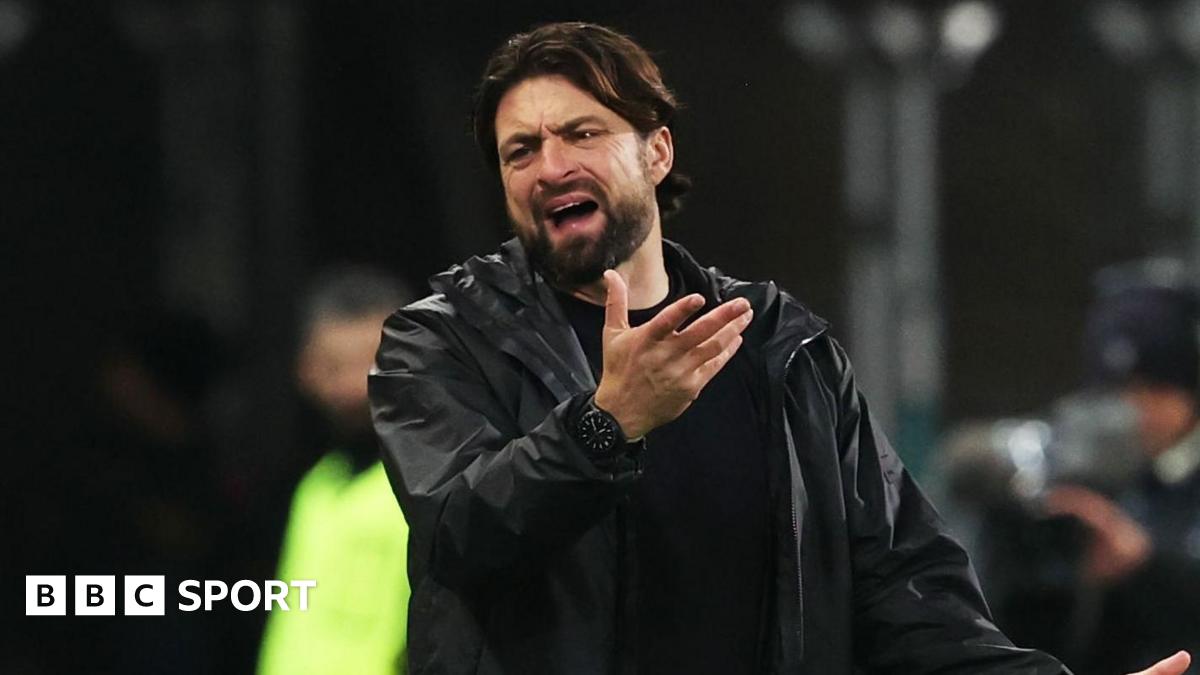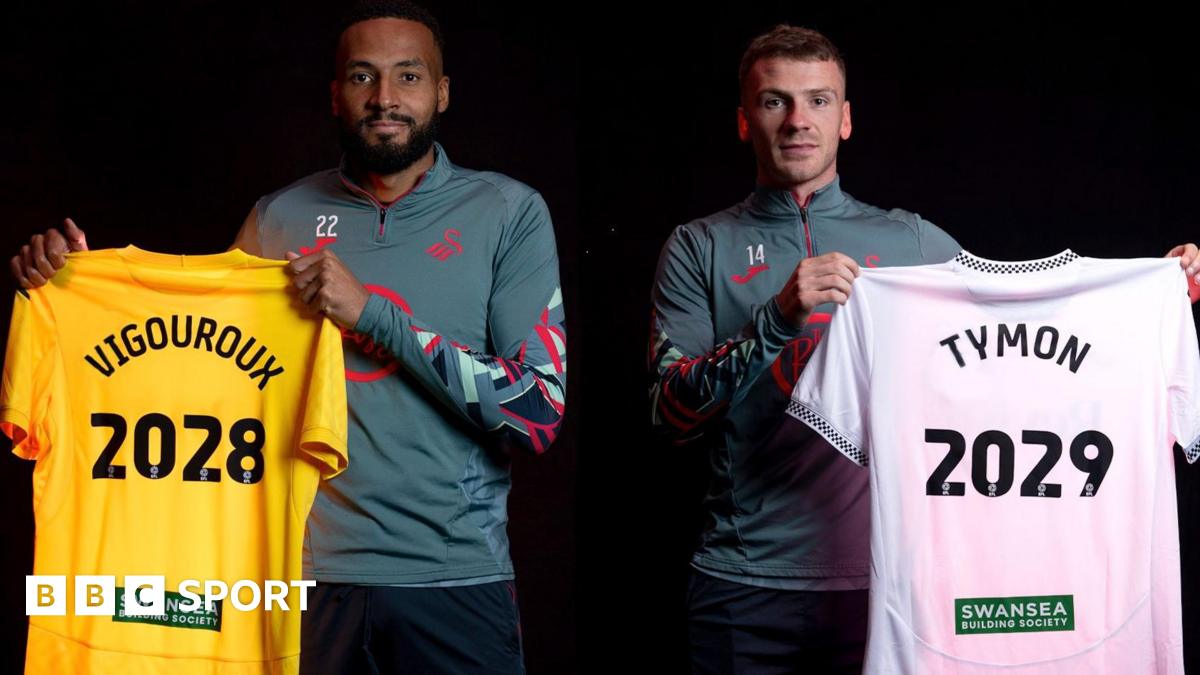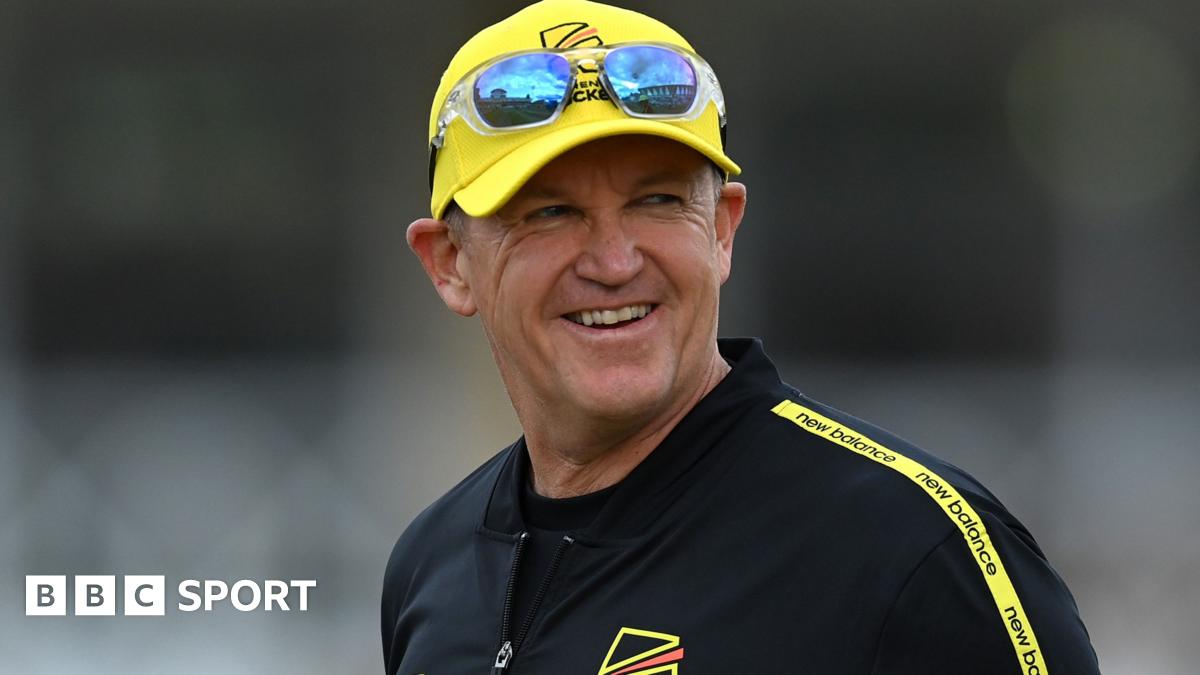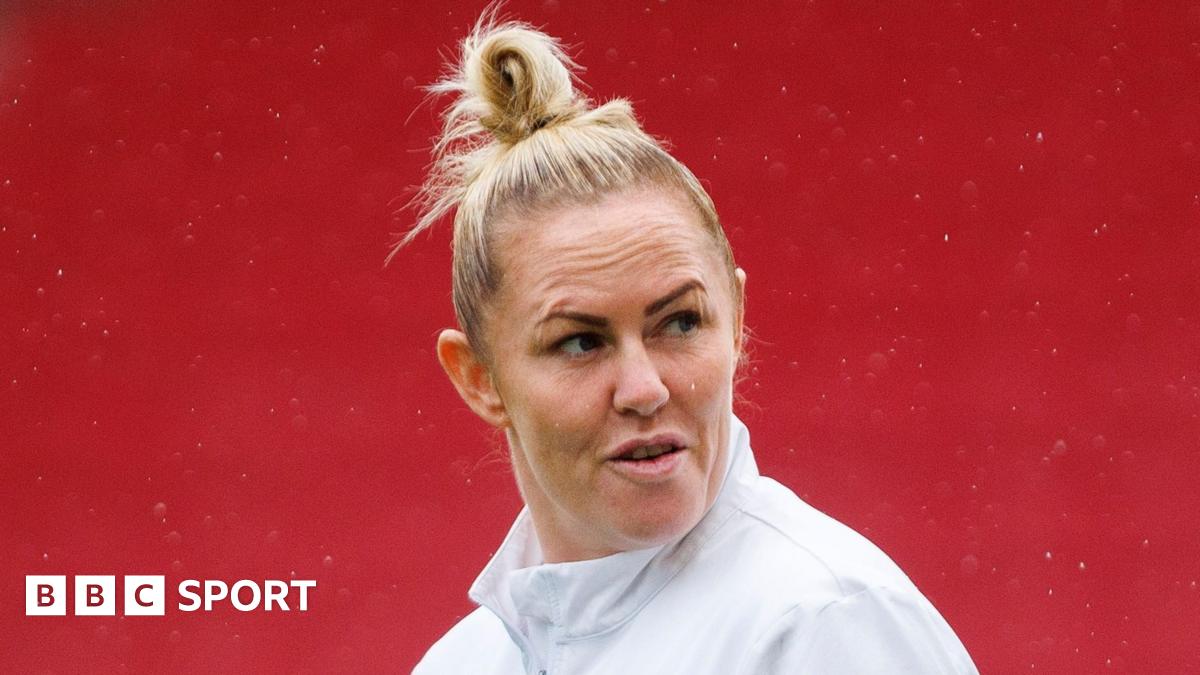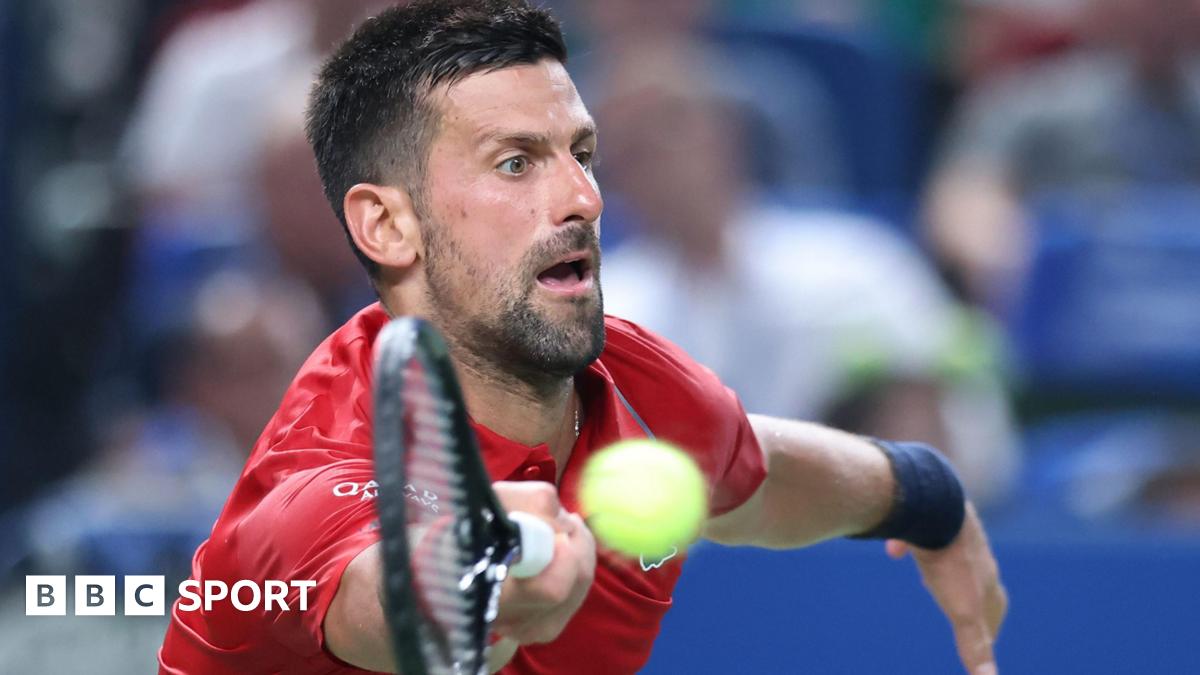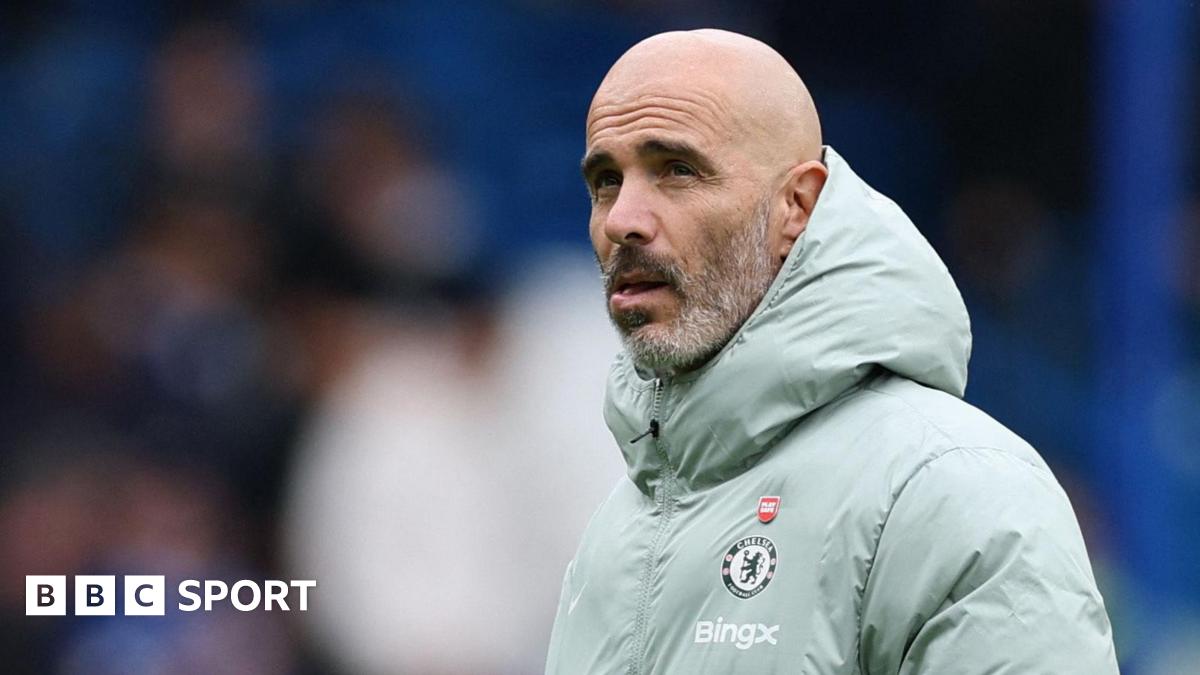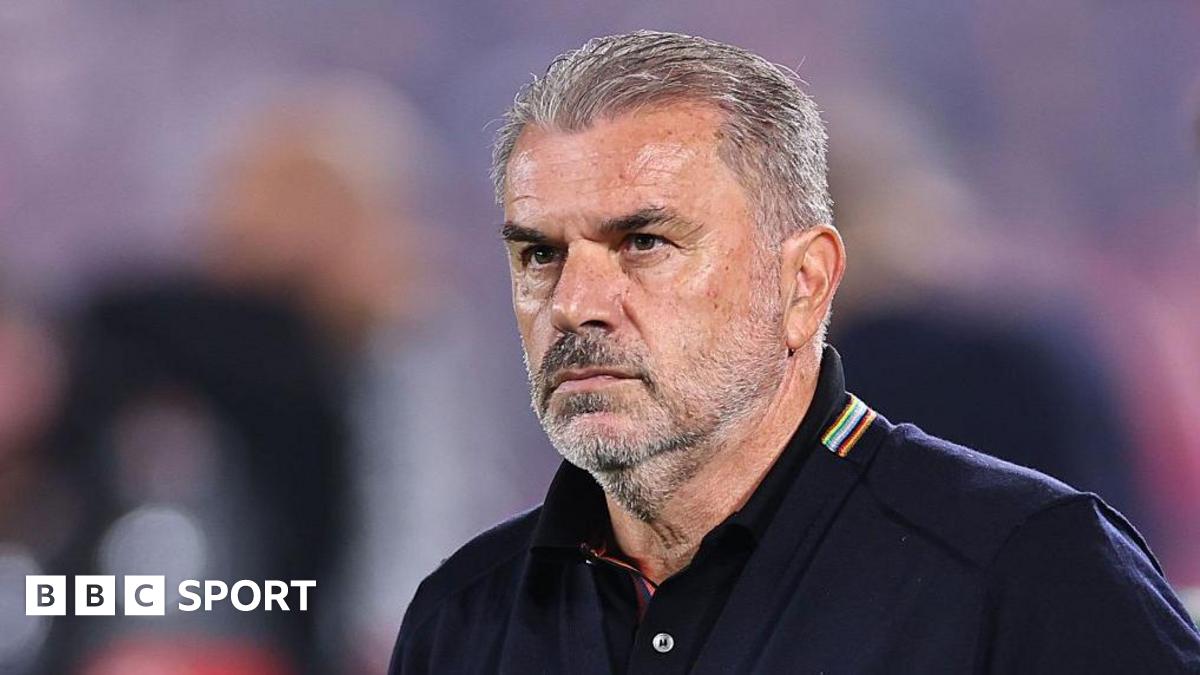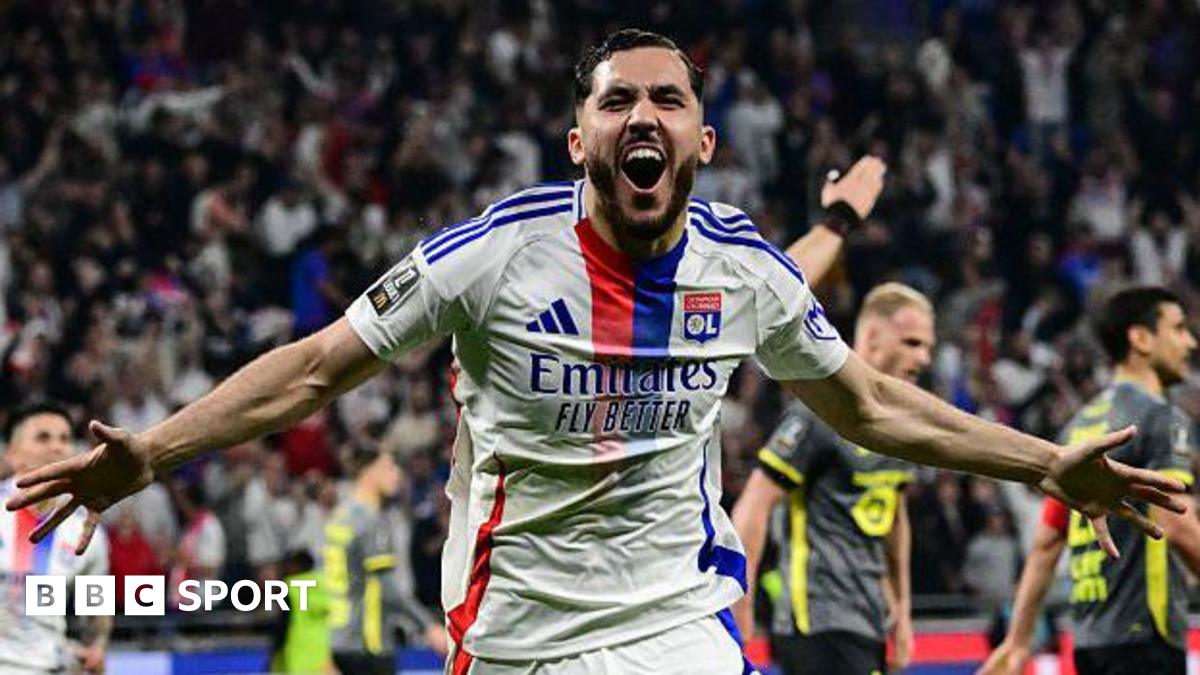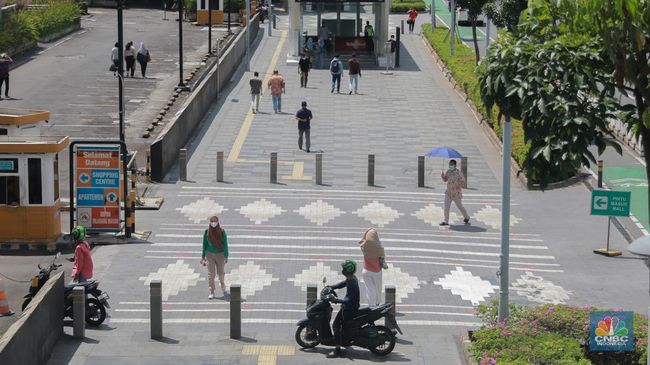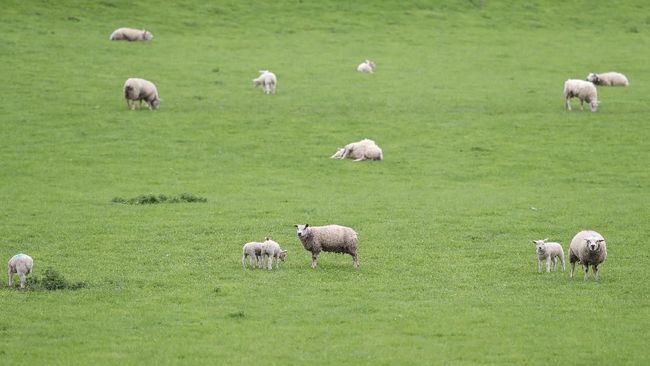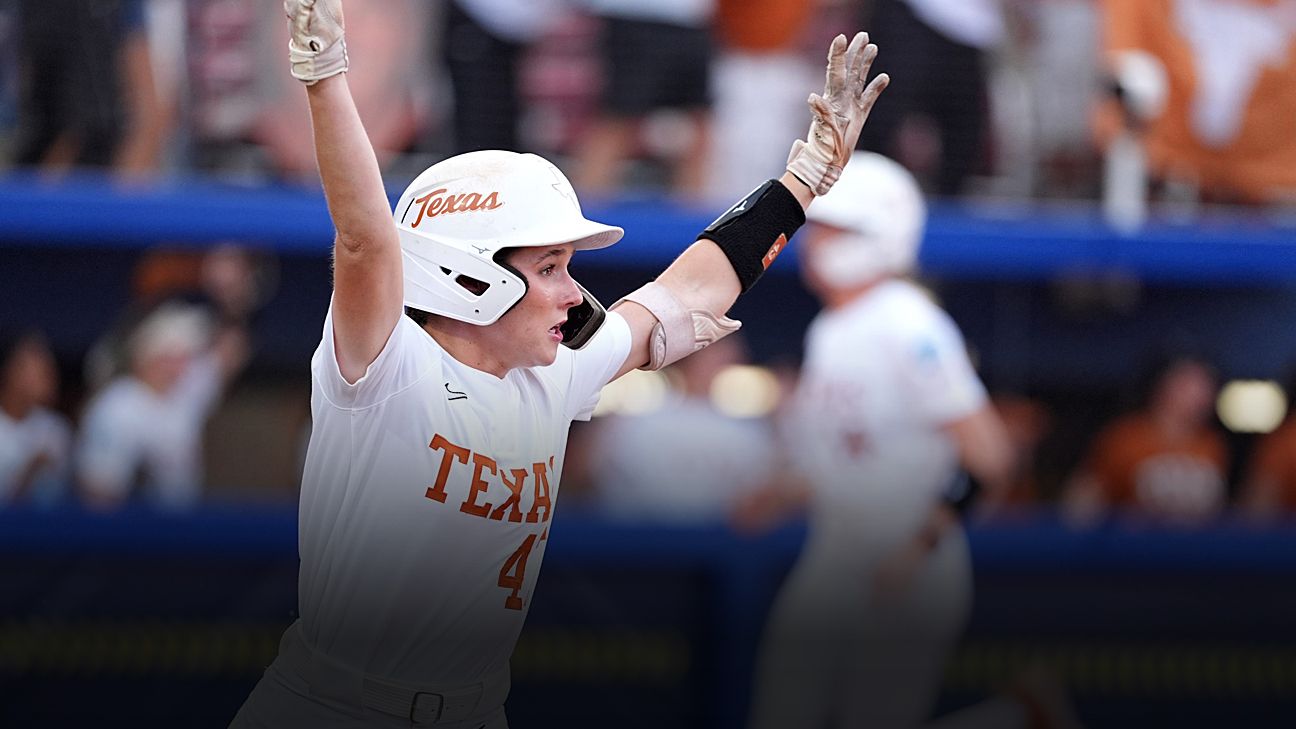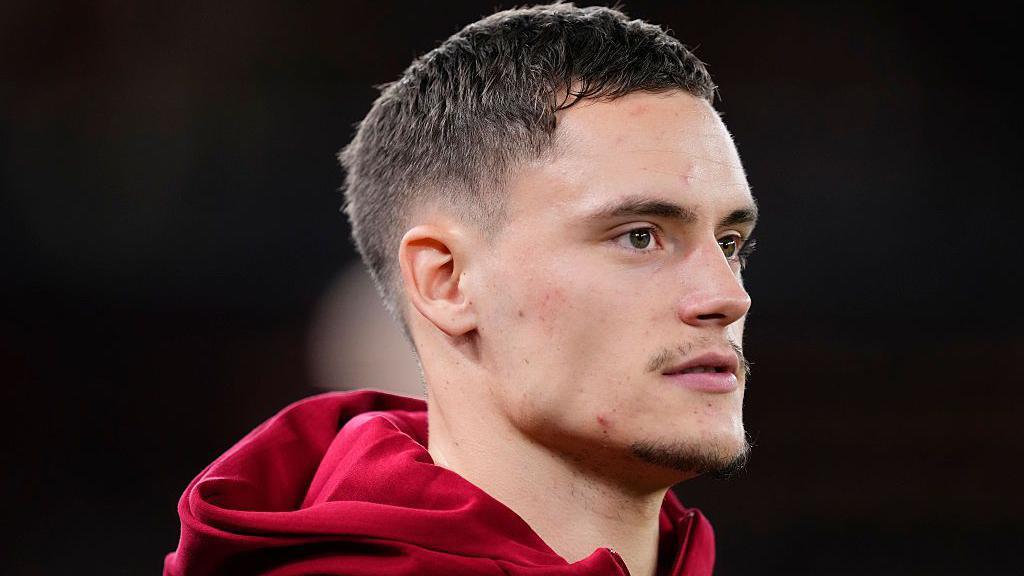 Image source, Getty Images
Image source, Getty Images
By
Football tactics correspondent
Analysis of Florian Wirtz's first nine appearances for Liverpool has generally landed at the same conclusion - it has been an underwhelming start.
Some have gone further. Former England striker Wayne Rooney said the £116m signing "damages the balance" of Liverpool's team.
"He's a top player and I'm sure he will get better - but he's had a slow start and I think there's no denying that," said Rooney.
Wirtz is yet to score or provide an assist for his new club, but does that paint the whole picture?
Here we analyse how good he has been, why he isn't performing as expected yet, and how Liverpool could get the best out of him.
Liverpool's changing style - and Wirtz's role
Liverpool's balance is off, but they are clearly going through a period of transition.
Manager Arne Slot has changed his approach this season - and perhaps the loss of right-back Trent Alexander-Arnold posed bigger questions than anticipated.
In a similar approach to Slot's Feyenoord team, Liverpool are looking to play with a greater number of rotations between players, progressing through the middle of the pitch with quick, small-space interplay.
It therefore makes sense for Wirtz to be the central attacking force to knit everything together.
But, in reality, he has been asked to do a role that is slightly different from one he is used to.
And that has minimised how often he finds himself in positions to score or assist.
It doesn't get the best out of Wirtz as an individual, but he hasn't been bad in this sub-optimal role.
Wirtz is getting the ball much deeper
Wirtz is receiving the ball deeper more often.
Alexander-Arnold was impressive in his ability to pass the ball when playing deep, and Liverpool appear to be sorely missing that quality.
Captain Virgil van Dijk's long switch to forward Mohamed Salah is a great way for them to get the ball up the pitch reliably. Otherwise, Liverpool lack the passing quality in defence to find team-mates up the field.
That responsibility has fallen on Wirtz at times. He has been dropping deep to get the ball before turning and trying to carry it up the pitch. He is able to do this because of his technical quality, but it is reducing the time he spends close to the opposition goal.
If build-up responsibilities can be shouldered by another player, it potentially allows Wirtz to position himself higher up the pitch.
Curtis Jones has the ability to do this in a double pivot or on the left wing, and may be an option Slot could turn to as he looks to complement Wirtz's natural game.
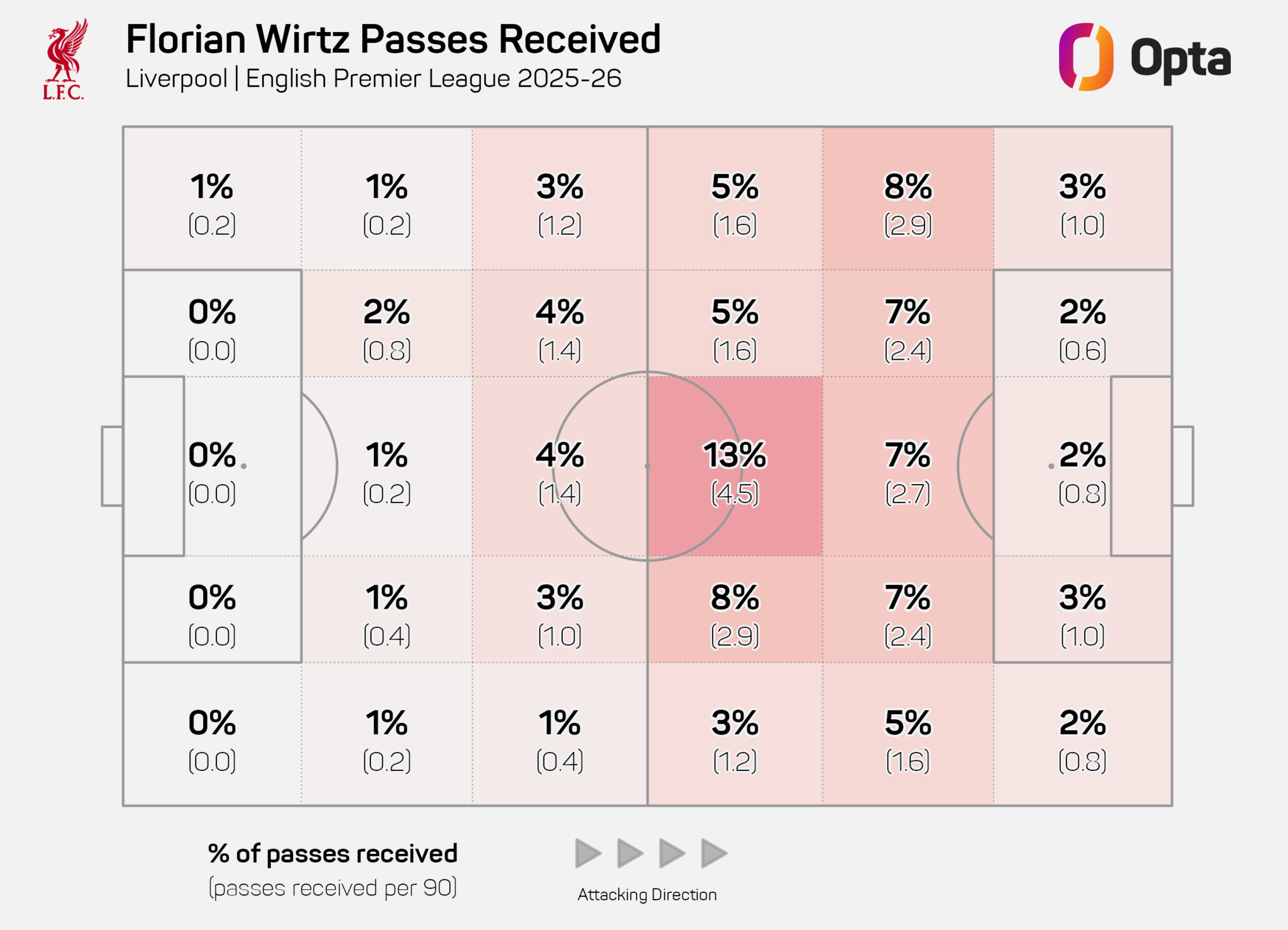 Image source, Opta
Image source, Opta
Wirtz is having to drop deeper this season for his team-mates to find him
Like Grealish, Wirtz thrives driving into space
One of the biggest differences Wirtz is experiencing in the Premier League is the reduced space and increased intensity in pressure applied to him.
Positioned centrally between the lines against extremely compact defensive sides such as Crystal Palace, Wirtz has found himself with less time and space to play.
For Bayer Leverkusen, there were games in which Wirtz would stand on the left wing while his team-mates progressed the ball up the pitch before finding him.
Alternatively, he would position himself in central attacking midfield positions, particularly against sides that offered more space between the lines in games that became more transitional in nature.
Former Leverkusen boss Xabi Alonso profiled Wirtz well because both of these scenarios would allow him to get the ball with separation - meaning he could receive and carry forward with distance between himself and a defender.
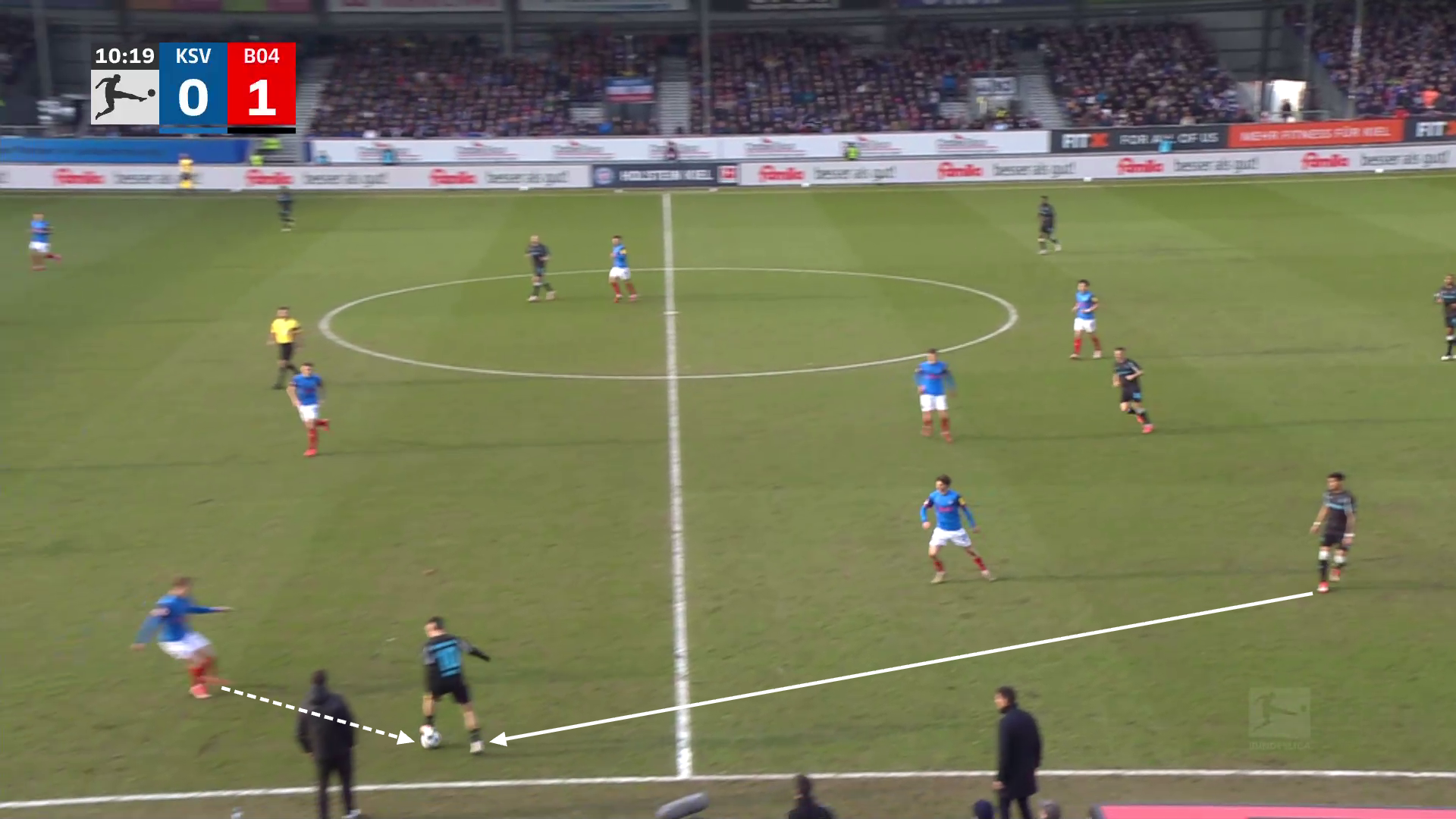 Image source, BBC Sport
Image source, BBC Sport
Wirtz is able to receive the ball on the back foot and face forwards. With separation from his full-back, he can immediately drive forward.
To get the best out of Wirtz, getting the ball to him when there isn't immediate pressure on him is ideal.
When he is able to receive the ball on the half-turn and carry it forward - with distance between himself and the nearby player - he is able to use body feints and a change in speed to disrupt opposition defences.
In a similar manner to Everton forward Jack Grealish, his best work both on the dribble and in his passing comes from situations in which he is carrying the ball and driving at players.
That is why many of Wirtz's best moments this season have come in transitions.
Separation can be found by positioning him on the left flank initially or by finding him in the midfield early. If he is positioned between the lines, particularly when an opposition's defensive shape is stretched, team-mates must therefore play direct passes to find Wirtz.
Wirtz's work-rate may be hindering him
The Premier League's intensity has tactical implications but also affects players individually - and Wirtz appears to have not yet fully adapted to this change.
With Slot's quicker and more rotation-based style of attack, Liverpool are susceptible to counter-attacks, with fewer bodies behind the ball. This requires attackers like Wirtz to counter-press with intensity when the ball is lost.
Wirtz has completely committed to the out-of-possession instructions and has pressed intensely. In attack, he is being encouraged to drop deep to assist in building up while having the licence to contribute to attacks on both the left and right.
All of this is demanding physically, and some of his poor on-the-ball actions may be down to fatigue. Of all players to play 400+ minutes in the Premier League this season, the German has covered the fifth most distance per 90 minutes and the most of any Liverpool player.
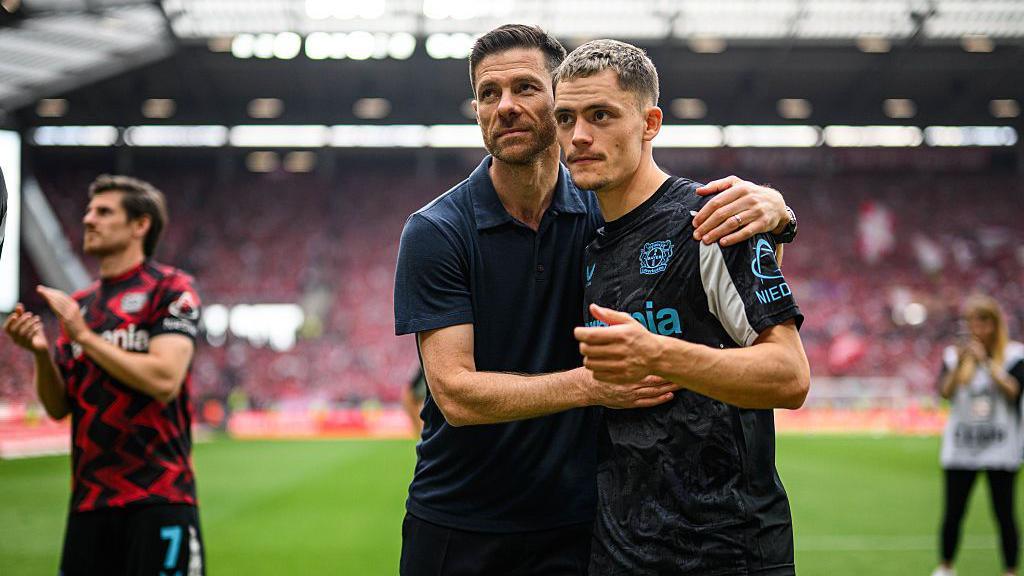 Image source, Getty Images
Image source, Getty Images
Moving from the Bundesliga to the Premier League had posed unique physical and tactical demands for Wirtz
How physical demands affect technique
In a recent interview with Sky Sports Germany, Wirtz spoke about the difference in his performances this season compared to last.
He said Slot had expressed a view "it could be because we press a lot and I run a lot".
Wirtz added: "For example, the running stats: I'm always at the top there because I try to push hard and do what the coach asks. I need a lot of strength and energy for that. When I have the ball, I might be lacking a little bit. That it will simply come step by step, as I play more games, get fitter, be able to do things more easily, and then, when I have the ball, be fit enough and recovered enough to push hard."
For Leverkusen, there were periods of games when Wirtz would walk or lightly jog to recover, allowing him to use his burst more decisively.
Wirtz will naturally improve as his physicality improves but energy conservation is an important part of the game if he is to make darting runs and play passes with accuracy in latter parts of the match.
Pairing him with other industrious midfielders - like Dominik Szoboszlai - may benefit both Wirtz and Liverpool.
What's next for Liverpool and Wirtz?
These potential solutions are intended to take the Wirtz we have seen so far and put him in situations that more closely resemble the ones he was used to finding himself in for Leverkusen.
Slot, of course, may be hoping Wirtz and his team-mates naturally begin to form a chemistry that allows them to carry out his vision.
It takes time for players to acclimatise to a new squad, but expensive signings face further pressure to perform if they are to avoid external criticism.
Concluding that Wirtz been poor so far is probably too strong a judgement given his performances, what has been asked of him, and the wider uncertainties about Liverpool.
The story of their season may be how they optimise the balance of their squad before refining Wirtz's role with a greater focus on bringing out his strengths, rather than using him to mitigate the team's weaknesses.

 2 hours ago
1
2 hours ago
1
